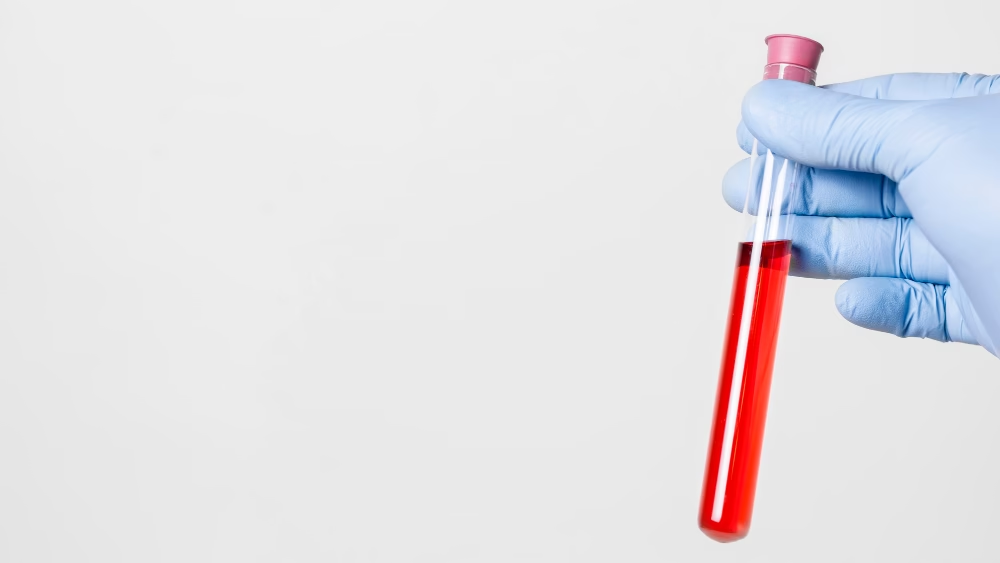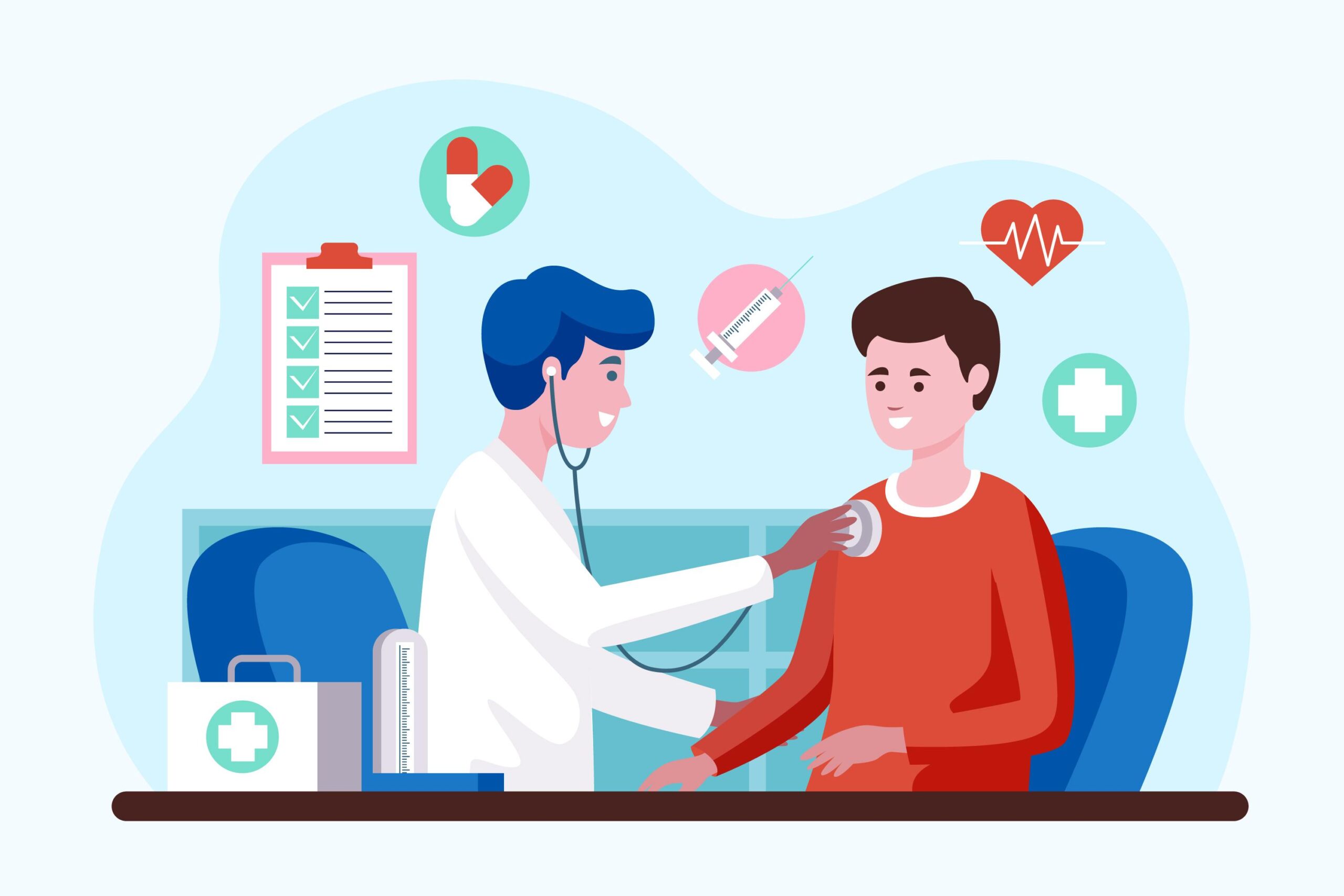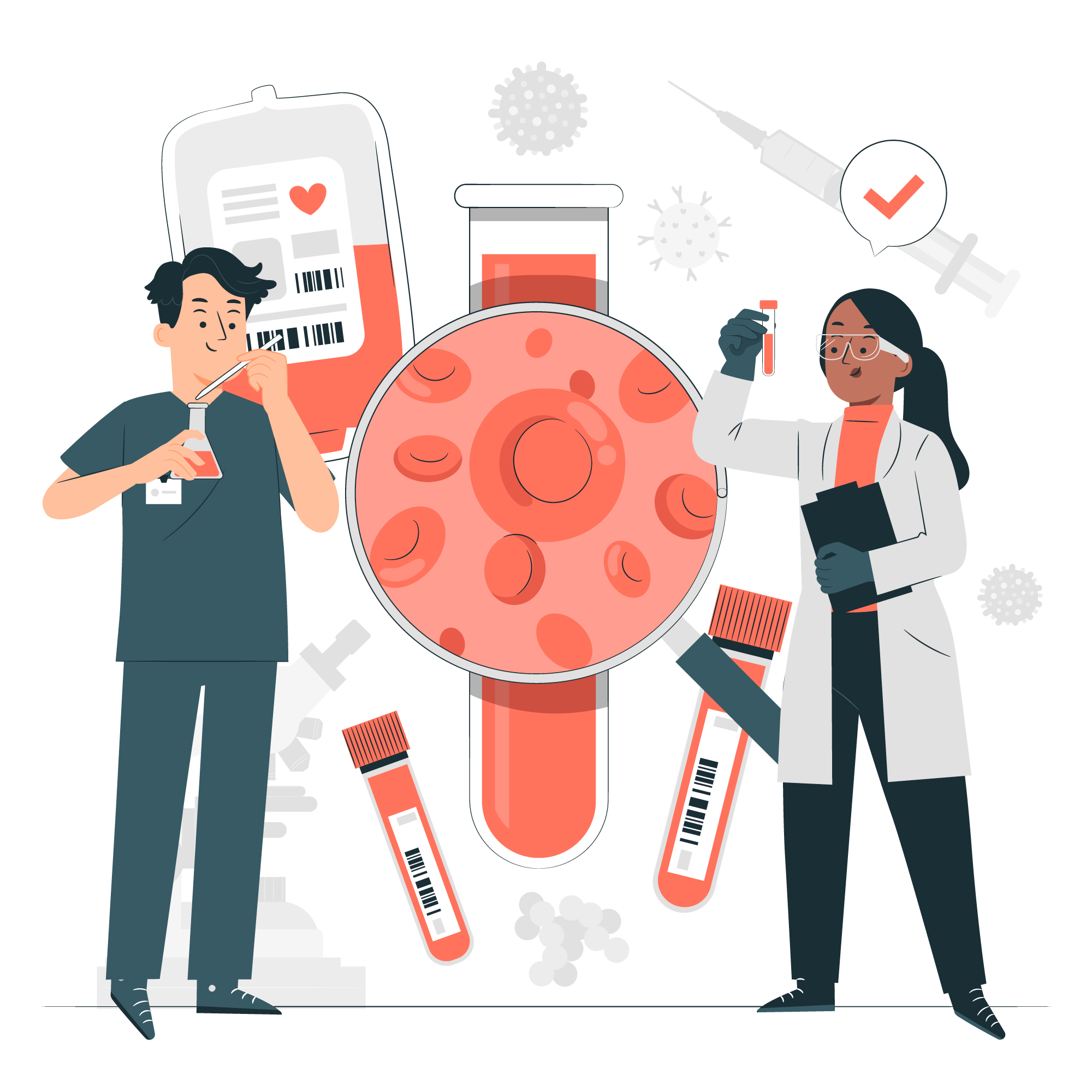Anemia – Iron, Hemoglobin
Kabhi apko ya apke kisi dost ko lagatar thakaan, kamzori, ya chakkar aate hain? Doctors aksar ek hi baat bolte hain – “Hemoglobin kam hai”.
Aur ye baat sach bhi hai. India mein anemia (kam hemoglobin) ek hidden epidemic hai. UNICEF ke report ke hisaab se, India ki 50% se zyada women aur bachche anemia se affected hain.
Problem yeh hai ki anemia ko aksar log ignore kar dete hain. Unhe lagta hai thoda weakness hai, shayad neend kam li, ya kaam zyada kiya. Lekin asal mein, anemia ek silent health condition hai jo agar time pe diagnose na ho toh pregnancy, growth, heart health aur immunity tak ko affect kar deta hai.
The good news?
Simple, affordable pathology tests se anemia ka exact reason pata chal jaata hai.
This blog mein hum detail mein samjhenge:
Anemia kya hai, aur kaise hota hai
Different types of anemia
Kaunse blood tests karne chahiye?
Reports kaise samjhen?
Lifestyle & diet advice to fight anemia
What is Anemia?
Definition:
When your blood does not have enough healthy red blood cells (RBCs) or hemoglobin, it’s called anemia.
Hemoglobin is a protein in RBCs that carries oxygen. Jab woh kam hota hai, toh body ke organs aur tissues ko oxygen kam milta hai → isi liye patient ko lagataar thakaan aur kamzori hoti hai.
Types of Anemia
1. Iron Deficiency Anemia (सबसे common)
Cause: Kam iron intake ya excessive blood loss (periods, injury, internal bleeding).
India mein sabse common type.

Pathology Lab Tests for Anemia – Iron, Hemoglobin, and Beyond
2. Vitamin Deficiency Anemia
Due to lack of Vitamin B12 or Folic Acid.
Leads to large, unhealthy RBCs.
3. Hemolytic Anemia
RBCs break down faster than the body can replace them.
Can be genetic (like Thalassemia, Sickle Cell).
4. Aplastic Anemia
Bone marrow stops making enough RBCs. Rare but serious.
5. Anemia of Chronic Disease
Happens in patients with kidney disease, cancer, infections.
Symptoms of Anemia
Persistent tiredness / weakness
Pale skin (peela pan)
Shortness of breath (saans phoolna)
Dizziness or fainting
Cold hands and feet
Headaches
Irregular heartbeat
Brittle nails, hair fall
Unusual cravings (like eating mitti or chalk – Pica)
👉 If these signs appear regularly → Blood test zaroor karna chahiye.
Pathology Tests for Anemia
1. Complete Blood Count (CBC)
First test for anemia.
Measures: Hemoglobin, RBC count, Hematocrit, MCV (size of RBCs), WBCs, Platelets.
Example: If Hb <12 g/dL (women) or <13 g/dL (men) → anemia suspected.
2. Peripheral Smear Examination
Blood sample ko microscope se dekhte hain.
RBC shape/size check → tells type of anemia (small RBCs in iron deficiency, large in Vitamin B12 deficiency).
3. Serum Iron Test
Measures iron level in blood.
4. Ferritin Test
Ferritin is iron-storage protein.
Low ferritin → iron deficiency anemia.
5. Total Iron Binding Capacity (TIBC)
Measures how much iron your blood can carry.
High TIBC + low iron = iron deficiency.
6. Vitamin B12 and Folate Levels
To check for Vitamin deficiency anemia.
7. Reticulocyte Count
Reticulocytes = immature RBCs.
Helps know if bone marrow is producing enough new cells.
8. Serum Erythropoietin
Hormone from kidney that helps RBC production.
Useful in anemia due to kidney disease.
9. Hemoglobin Electrophoresis
Used to detect genetic blood disorders like Thalassemia, Sickle Cell Anemia.
Understanding Reports in Simple Words
Hemoglobin (Hb): Normal range – 13–17 g/dL (men), 12–15 g/dL (women).
MCV (Mean Corpuscular Volume):
Low → Iron deficiency
High → Vitamin B12/Folate deficiency
Ferritin:
Normal: 12–150 ng/mL (women), 12–300 ng/mL (men).
Low → confirms iron deficiency.
Vitamin B12: Normal: 200–900 pg/mL.
Folate: Normal: 2–20 ng/mL.
Lifestyle and Diet Tips for Anemia
Iron-Rich Foods
Spinach, methi, kale
Beetroot, pomegranate
Dates, raisins
Lean meat, chicken, fish
Whole grains, jaggery (gur)
Increase Iron Absorption
Take Vitamin C with iron foods (lemon, orange, amla juice).
Avoid tea/coffee immediately after meals (blocks iron absorption).
For Vitamin B12 Deficiency
Eggs, milk, curd, paneer
Fish, chicken
B12 supplements if vegetarian.
For Folic Acid Deficiency
Green leafy veggies, chana, rajma, peanuts.
Lifestyle Tips
Regular exercise → improves oxygen supply.
Proper sleep → helps recovery.
Regular health checkups if you have heavy periods, pregnancy, or chronic illness.
FAQs on Anemia
Q1. Can anemia be cured permanently?
Depends on cause. Iron deficiency can be cured, but genetic anemia (thalassemia) cannot.
Q2. Can children also have anemia?
Yes, especially due to poor diet or worm infestation.
Q3. Why is anemia common in women?
Due to menstruation, pregnancy, and poor nutrition.
Q4. How often should I test for anemia?
Once a year in routine checkup, more if you have symptoms.
Q5. Can home remedies cure anemia?
Diet helps, but severe cases need supplements or treatment.
Anemia is not just “low hemoglobin” – it’s a condition that can silently affect energy, immunity, pregnancy, growth, and even heart health.
The good news: Pathology tests like CBC, Ferritin, Vitamin B12, and Iron studies can identify the exact type of anemia.
With proper diagnosis + diet + treatment, anemia can be controlled and even prevented.
So, agar aapko lagatar thakaan, kamzori, ya breathlessness ho rahi hai, don’t ignore it. Blood test karaiye, reports samajhiye, aur apne health ko priority dijiye.



